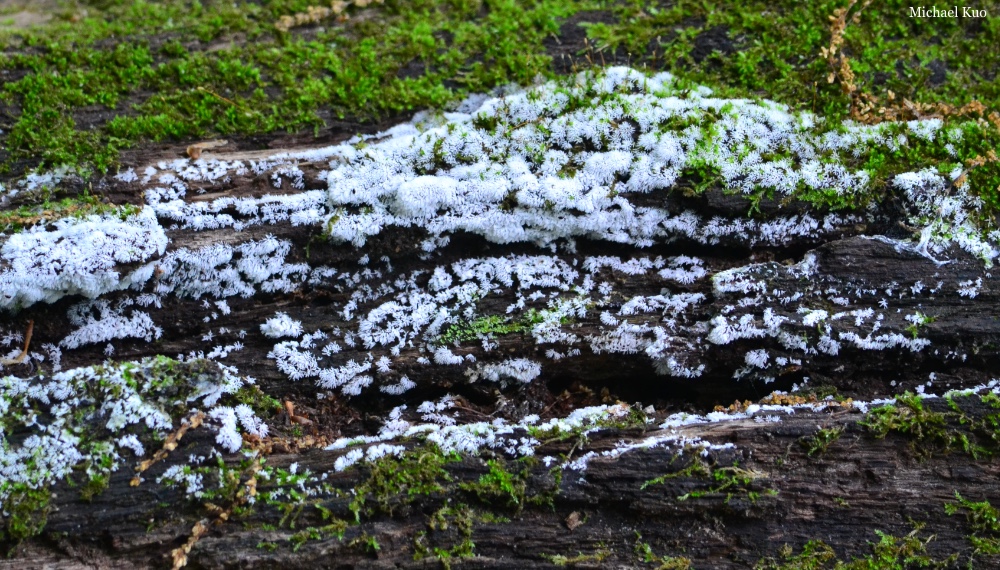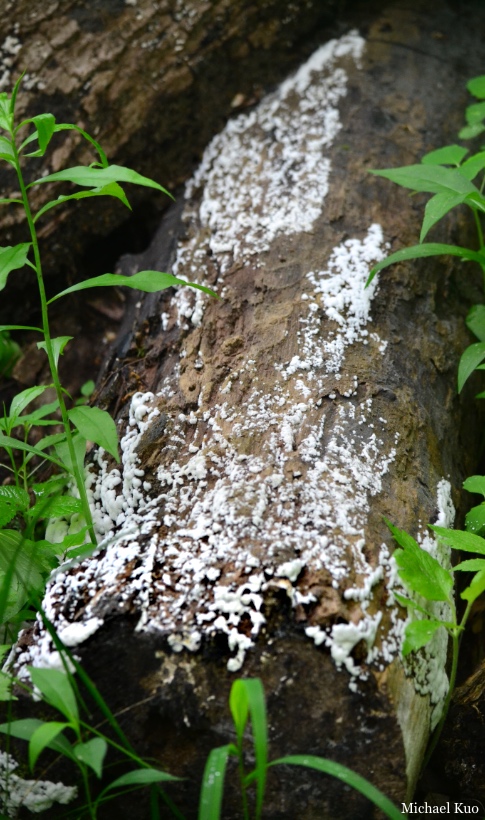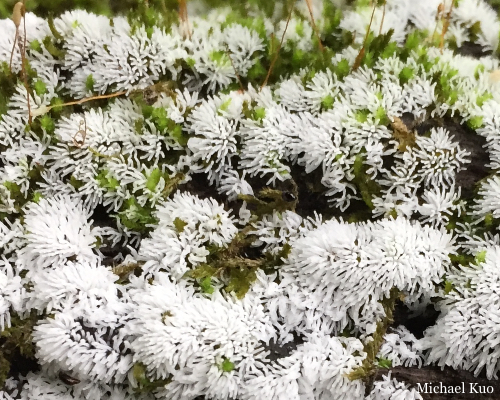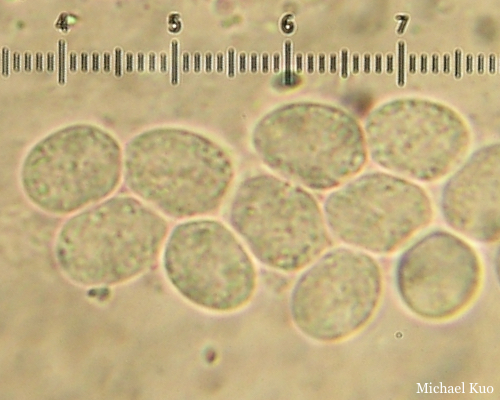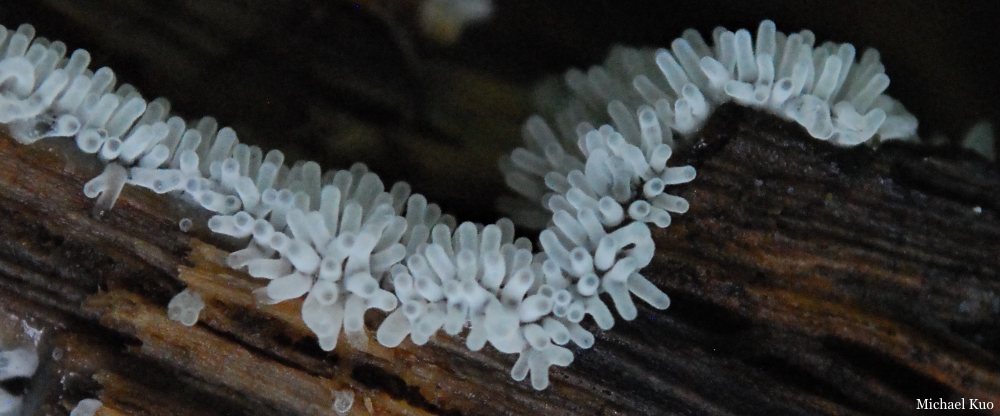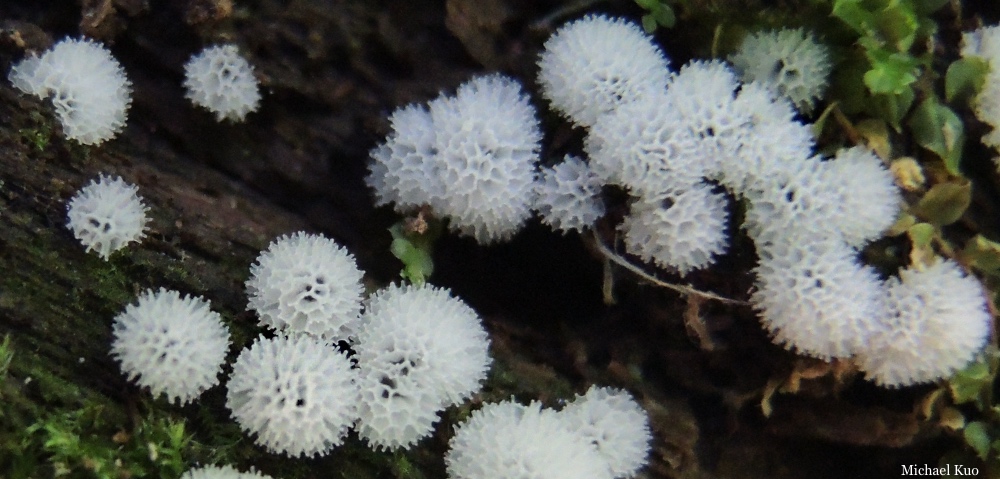
Ceratiomyxa fruticulosa (coral slime mold) |
|
|
|
|
|
|
|
|
|
References: Farr 1981, Stephenson & Stempen 2000, Nibblet 2017, Ing 2020. Kuo, Michael & Melissa Kuo (November, 2021). Ceratiomyxa fruticulosa (coral slime mold). Retrieved from the midwestnaturalist.com website: www.midwestnaturalist.com/ceratiomyxa_fruticulosa.html All text and images © , midwestnaturalist.com. |

